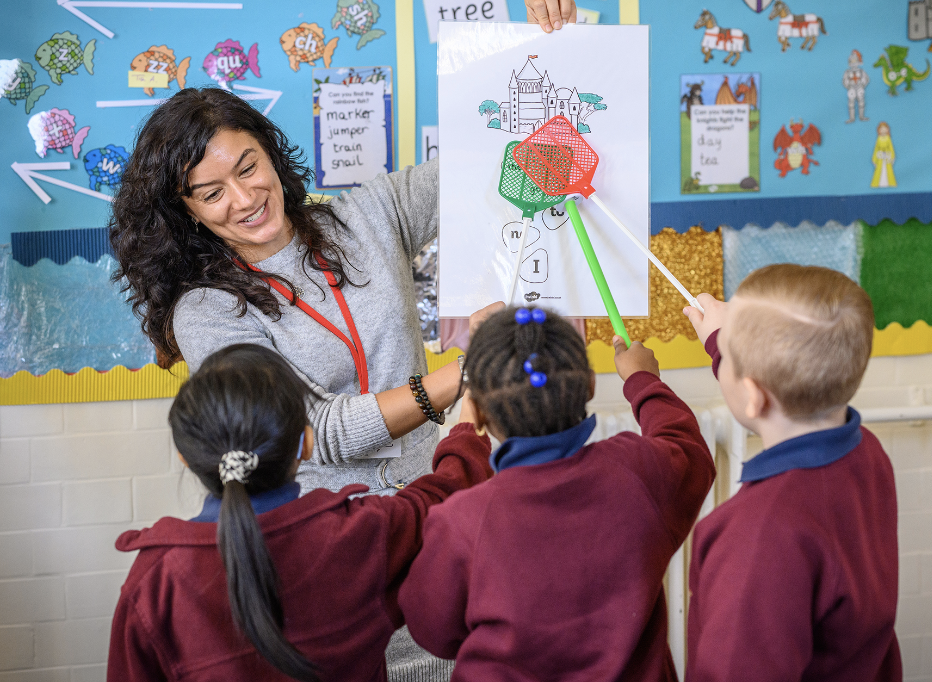
'What Makes Great Teaching?' finds some common practices can be harmful to learning and have no grounding in research. Specific practices which are supported by good evidence of their effectiveness are also examined and six key factors that contribute to great teaching are identified. The report also analyses different methods of evaluating teaching, including using ‘value-added’ results from student test scores, observing classroom teaching and getting students to rate the quality of their teaching.
The report, first released in October 2014, warns that many common practices can be harmful to learning and have no grounding in research. Examples include using praise lavishly, allowing learners to discover key ideas by themselves, grouping students by ability and presenting information to students based on their 'preferred learning style'.
On the other hand, some other teaching approaches are supported by good evidence of their effectiveness. Many of these are obvious and widely practiced, but others are at odds with common assumptions. Examples include challenging students to identify the reason why an activity is taking place in the lesson, asking a large number of questions and checking the responses of all students, spacing out study or practice on a given topic with gaps in between for forgetting, and making students take tests or generate answers even before they have been taught the material.
The report offers a 'starter kit' for thinking about what constitutes effective teaching. This is based on behaviours, approaches and classroom practices that are well-defined, easy to implement and show good evidence of improvements in student outcomes. Six key factors that contribute to good teaching are identified.
The two factors with the strongest evidence in improving student outcomes are:
- Content knowledge. Teachers with strong knowledge and understanding of their subject make a greater impact on students’ learning. It is also important for teachers to understand how students think about content and be able to identify common misconceptions on a topic.
- Quality of instruction. This includes effective questioning and the use of assessment by teachers. Specific practices like reviewing previous learning, providing model responses for students, giving adequate time for practice to embed skills securely and progressively introducing new learning (scaffolding) are also found to improve attainment.